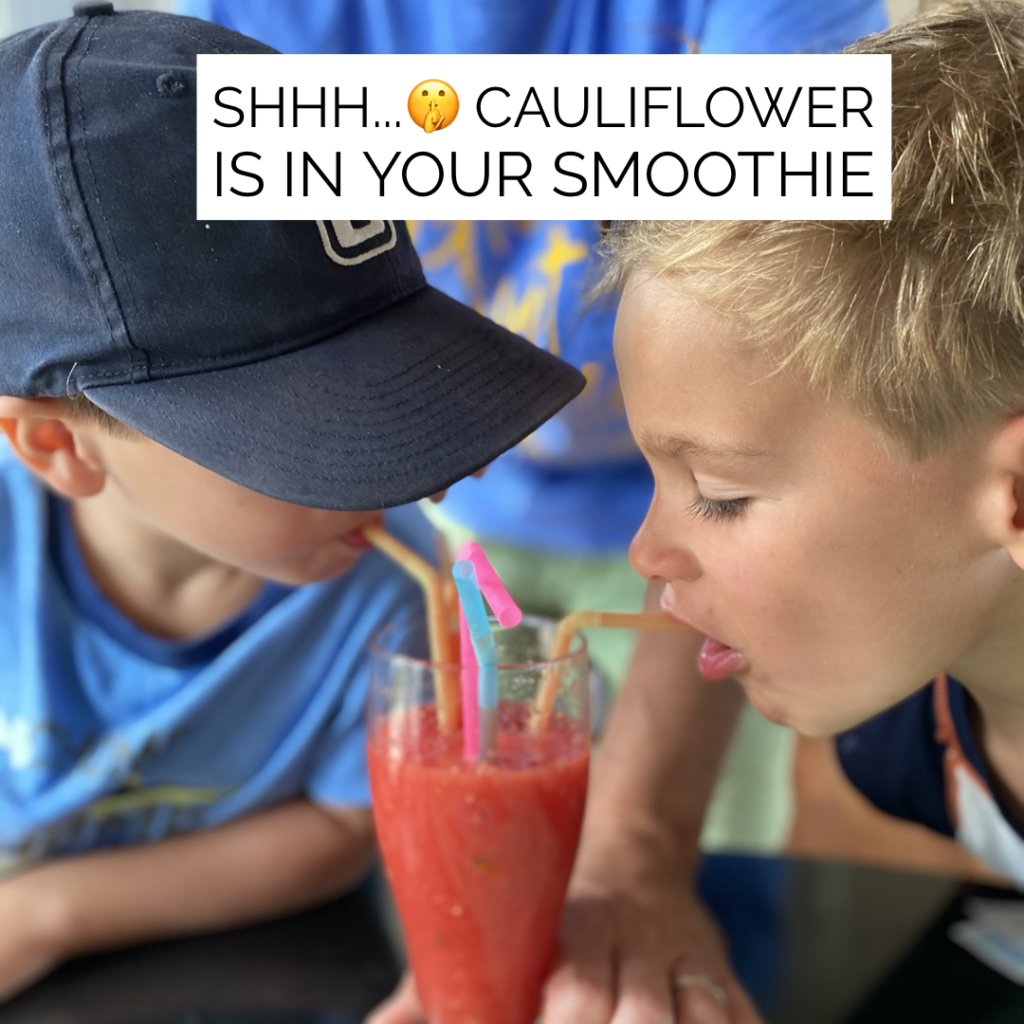Does hiding vegetables work? The age-old struggle between kids and their vegetables has led some parents to get creative in the kitchen. Lately, many parents have turned to hiding vegetables in typically accepted foods. Common dishes include pureed carrots in marinara sauce or pureed squash in mac and cheese. While these tricks may reduce parental anxiety about their kids’ eating habits, does it help kids in the long run?
Hiding Vegetables: What Does the Research Say?
Some studies indicate that adding pureed vegetables can be an affective way to increase total vegetable intake in children. With roughly 93% of U.S. children not meeting the current recommendations for vegetable intake, that can definitely feel like a win. But is it?
While it’s important for children to get the nutrients they need from fruits and vegetables while they are young, it also matters that they are getting those nutrients from fruits and vegetables all throughout their lifespan.
Despite the immediate nutritional benefits, hiding vegetables can actually have some negative consequences over the long term.

- Hiding vegetables doesn’t teach important lifelong healthy eating habits. Are you teaching her what she needs to know to feed herself at 8? 10? 15? 18? It might seem a long way off, but healthy habits are built over time.
- Hiding vegetables can also cause mistrust if your efforts are discovered. At some point, your child will notice that the spinach is always out on the counter when you are making spaghetti. If he hates spinach and puts two and two together, there could be feelings of mistrust and anger about being tricked.
- Mixing purees into foods and hiding their flavor doesn’t give kids the experience of tasting a vegetable over and over again. As you’ve likely heard before, it can take MANY (well over 10!) exposures before a child is wiling to accept a new food. By hiding foods, kids aren’t getting these valuable exposures when they are young. It’s much easier to encourage a 2 year old to try a piece of broccoli than a 15 year old who has had no exposure and an aversion to broccoli.
Now let’s talk about normal child behavior for a minute. Babies are born to like sweet and dislike bitter tastes. Kids are also naturally unsure about new things, and around the age of 2, even the best veggie eaters tend to reject the very same vegetables they ate even a week before. Taken together, these normal tendencies in kids create the very-normal, yet very-frustrating struggle over vegetables. Does that mean all hope is lost and we shouldn’t even try? Of course not!
So instead of relying on hiding, try these tips instead:
Model the behavior you want to see.
Let your kids see you enjoying your vegetables and trying a wide variety of new foods. Kids mimic adult behavior: monkey see, monkey do. The biggest impact you can have on your child’s food choices is to model those behaviors yourself.
Allow kids to serve their vegetables themselves.
If they choose to have none, that’s okay too! That still counts as an exposure and they will be more likely to try it next time. And remember – pushing kids to eat something they don’t want typically results in them pushing back and refusing.
Get kids involved in the meal planning and prep.
Kids are much more likely to accept a food if they feel like they’ve had a say in the matter. Getting kids involved in the cooking process is a win-win. They are more likely to eat what you made and you’re teaching them exceptionally important life skills, like how to feed yourself.
If all else fails and parental anxiety is at its highest, hiding vegetables is a fine option as long as you remember that it doesn’t replace vegetables on their plate. Pureed carrots in the marinara can be paired perfectly with a side of green beans.
Need help with getting your kids to eat their veggies? Check out our family nutrition services or contact mary@mcdanielnutrition.com to learn mor

